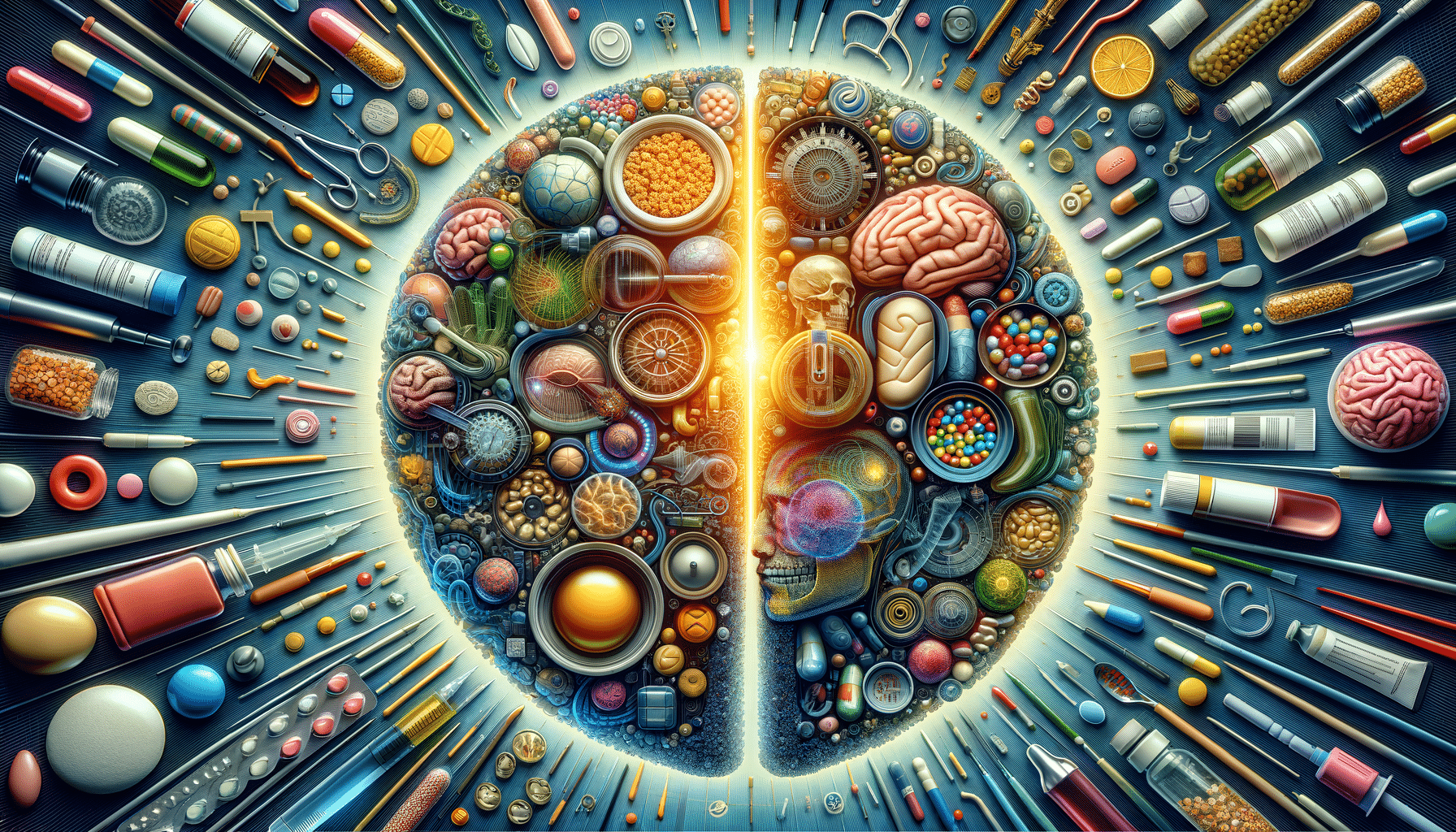
Understanding Erectile Dysfunction Treatments: Options and Considerations
Introduction to Erectile Dysfunction
Erectile dysfunction (ED) is a common condition that affects many men worldwide, impacting their quality of life and emotional well-being. Understanding the available treatment options is crucial for those affected by ED, as it allows them to make informed decisions about their health. This article delves into the different treatments available, offering insights into their effectiveness and considerations.
Pharmacological Treatments
Pharmacological treatments are often the first line of defense against erectile dysfunction. These medications, known as PDE5 inhibitors, work by increasing blood flow to the penis, thereby facilitating an erection. They are generally effective for many men and include several well-known options. However, it’s important to consider potential side effects and interactions with other medications.
Some common side effects include headaches, flushing, and nasal congestion. More serious risks, though rare, can include changes in vision or hearing. It’s crucial for individuals to consult with a healthcare provider to ensure these medications are safe given their health history.
Despite their effectiveness, these medications are not suitable for everyone. Men taking nitrates for heart conditions, for example, should avoid PDE5 inhibitors due to the risk of a dangerous drop in blood pressure. Thus, a thorough evaluation by a healthcare professional is essential before starting any pharmacological treatment.
Lifestyle and Psychological Interventions
In addition to medications, lifestyle changes and psychological interventions can play a significant role in managing erectile dysfunction. Factors such as obesity, smoking, and excessive alcohol consumption can contribute to ED, and addressing these through lifestyle modifications can improve symptoms.
Regular exercise, a balanced diet, and quitting smoking are often recommended to improve overall health and blood flow, which can positively affect erectile function. Moreover, stress and anxiety are known contributors to ED, making psychological support a valuable component of treatment.
Cognitive-behavioral therapy (CBT) and counseling can help individuals address mental health issues that may be impacting their sexual health. These therapies aim to reduce anxiety, improve communication with partners, and build confidence, which can enhance sexual performance and satisfaction.
Alternative and Surgical Options
For those who do not respond to medications or lifestyle changes, alternative treatments and surgical options may be considered. Vacuum erection devices, penile implants, and vascular surgery are among the options available for more severe cases of ED.
Vacuum erection devices work by creating a vacuum around the penis, drawing blood into it to induce an erection. Penile implants, on the other hand, involve surgically placing devices into both sides of the penis to allow for erections. These implants can be inflatable or malleable, offering different benefits and considerations.
Vascular surgery is less common and typically reserved for younger men with specific anatomical issues affecting blood flow to the penis. Each of these options comes with its own set of risks and benefits, and a detailed discussion with a healthcare provider is necessary to determine the most appropriate treatment.
Conclusion: Navigating Treatment Choices
Choosing the right treatment for erectile dysfunction involves understanding the various options and considering personal health factors. While pharmacological treatments are effective for many, lifestyle changes and psychological support can also play a crucial role in managing ED. For those requiring further intervention, alternative and surgical options provide additional solutions. Consulting with healthcare professionals ensures that individuals receive personalized advice tailored to their unique needs, ultimately improving their quality of life.


